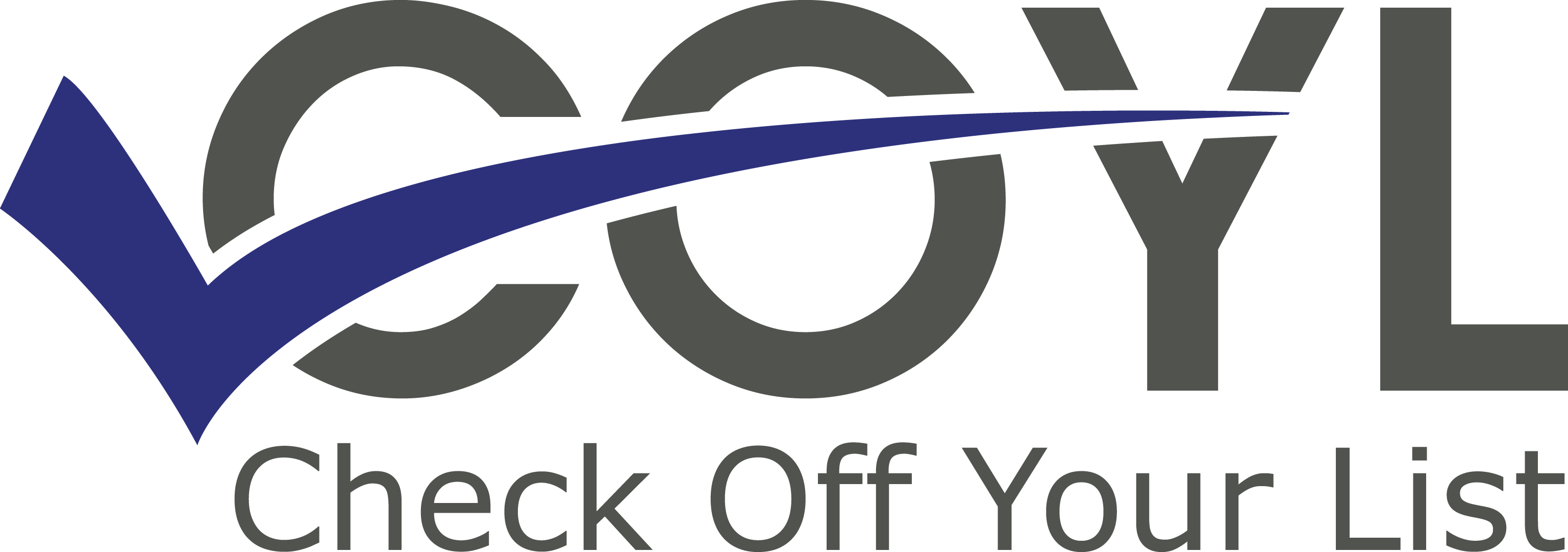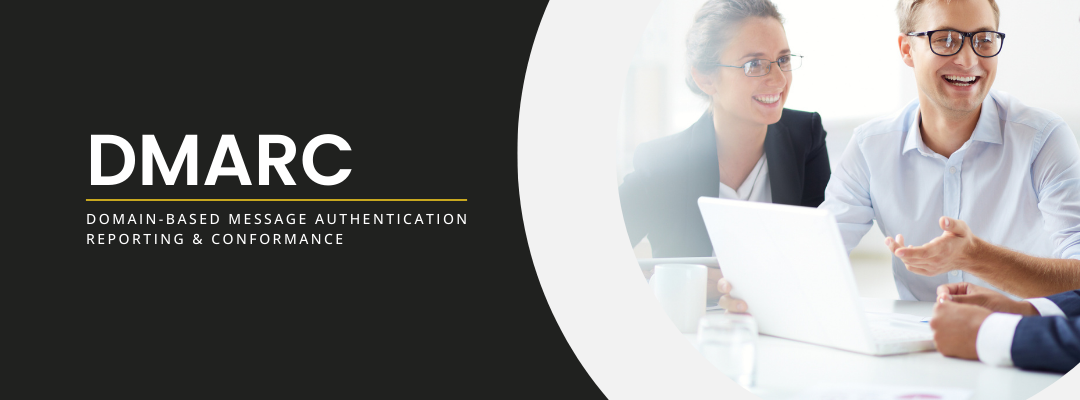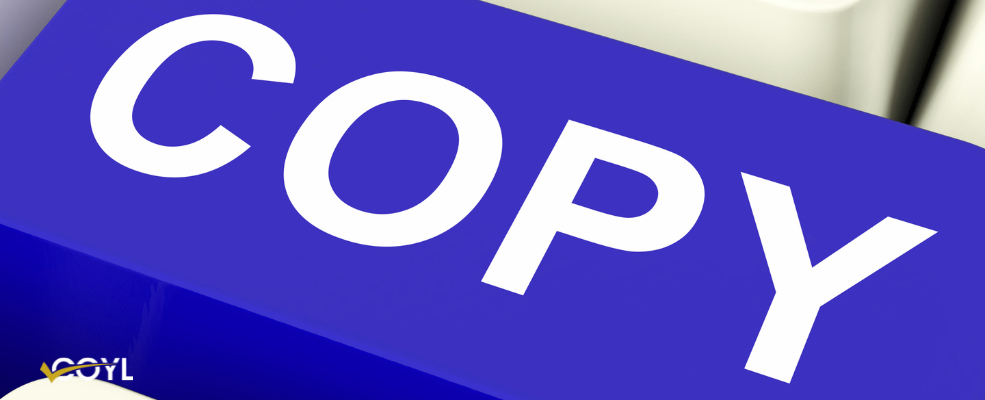What exactly is DMARC email authentication? How does it enhance email security? Let’s explore its incredible benefits!
What is DMARC Email Authentication?
Domain-Based Message Authentication Reporting and Conformance (DMARC) works with RUA, DKIM, and SPF as authentication methods. These methods provide organizations with comprehensive visibility and insights into their email ecosystem.
RUA allows organizations to receive reports on email authentication and delivery, while DKIM digitally signs outgoing emails for added security and message integrity. SPF validates the sender’s IP address, allowing the receiving server to verify the sending domain. By combining DMARC reports with DKIM and SPF, organizations can identify potential issues and improve email deliverability and security.
Furthermore, Gmail and Yahoo are implementing DMARC policies to combat email spoofing and phishing attacks, ensuring a more secure email environment. Adhering to these policies helps reduce the risk of emails ending up in spam folders, maintains a positive sender score, and instills confidence in the authenticity of received emails.
By staying informed and adapting to these measures, we can create a safer and more reliable email environment for everyone.
DMARC Email Authentication Improves Deliverability
Ensuring email deliverability is essential for both businesses and individuals alike. Your business emails need to reach their intended recipients without being flagged as spam or fraudulent. One highly effective method to enhance email deliverability is by implementing DMARC protocols.
By incorporating DMARC, you can significantly increase the likelihood of your emails reaching the correct inbox while reducing the risk of them being filtered or blocked. Additionally, DMARC provides valuable insights into your email system, enabling you to address potential issues and uphold the integrity of your email communication. Implementing DMARC is a proactive measure toward enhancing email delivery and safeguarding your brand reputation.

How to Implement DMARC Email Authentication
The first step is to have SPF and DKIM protocols already set up; these are prerequisites for DMARC.
Next, publish a DMARC record on your domain’s DNS. This record instructs receiving email servers on how to handle messages that do not pass DMARC authentication checks. Initially, it’s advisable to set the DMARC policy to ‘none’ to monitor the impact without affecting your email flow. This will provide reports on your email traffic without taking action on unauthenticated emails.
Review these reports and determine if you need to take further action to secure your domain. You may consider hiring a professional to make adjustments to your setup on your behalf.
Once you’re comfortable with the feedback you receive from these reports, update the DMARC policy to ‘quarantine.’ Quarantine places unauthenticated emails into the spam folder. If you choose the ‘reject’ option, unauthenticated emails will be blocked.
Continue to analyze the DMARC reports for insights and tweak your email sending practices as necessary. Properly configuring and maintaining DMARC will ensure your emails are trusted and consistently delivered to your clients.
Conclusion
In conclusion, DMARC plays a crucial role in email security, protecting against unauthorized domain use. Implementing DMARC safeguards your brand reputation and customer trust. It prevents email spoofing, and phishing attacks, and provides insights into email deliverability and performance.
Remember, DMARC is an ongoing process – monitor, analyze, and adjust regularly. Stay informed about industry trends and best practices to stay ahead of threats. Check Off Your List IT Services can assist you in configuring your email settings and DMARC implementation. Take action today to strengthen your email security.





